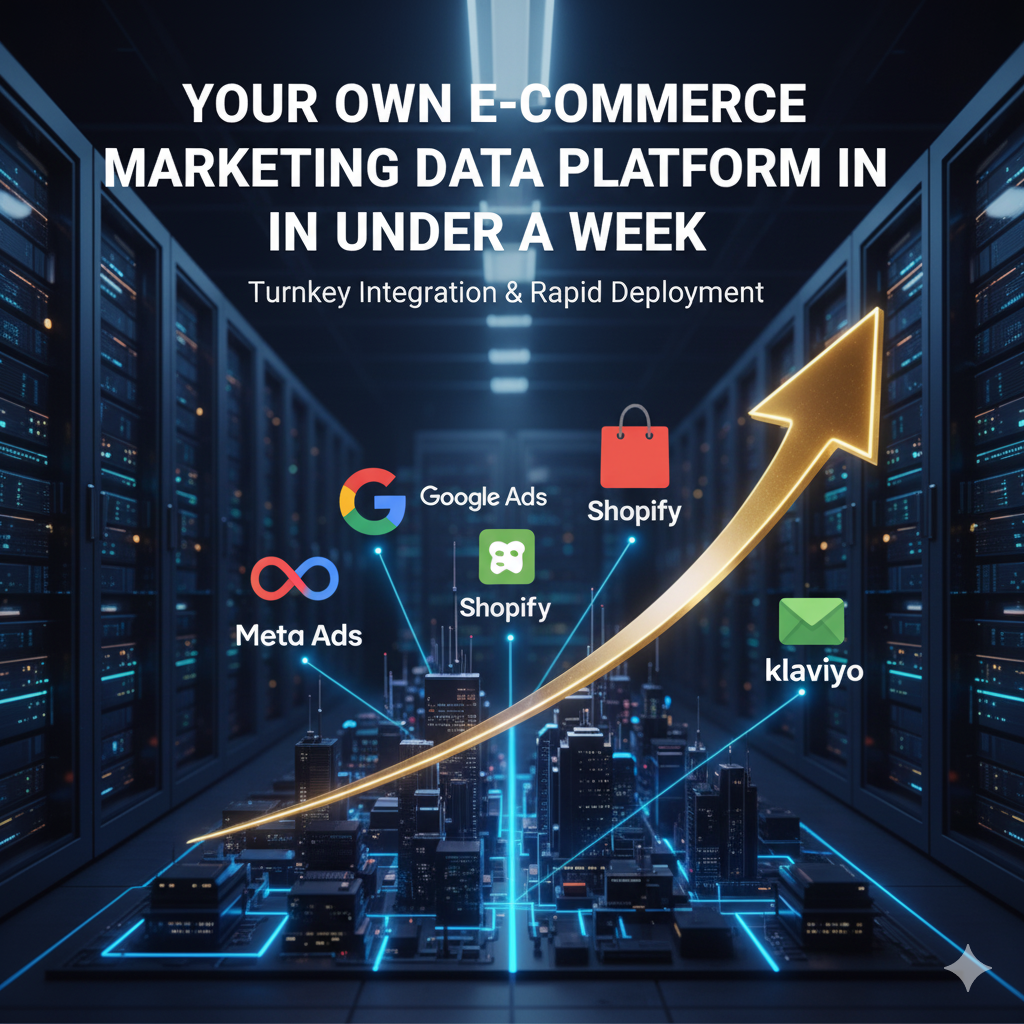

Owners and marketers of fast-scaling D2C brands face a constant question: what marketing efforts truly drive profit? You spend on Meta, Google, influencers, email, and organic content, but how much of your profit is caused by each marketing channel or campaign?
This is the central struggle for every founder and operator managing millions in revenue. You see the sales. You see the clicks. But you cannot definitively say, "If I stop this ad, exactly this much profit disappears." You are in the dark about true cause and effect.
Correlation Is not causation: what we can learn from science
When making marketing decision, you need to understand a fundamental scientific principle: Correlation is not causation.
This difference is vital for good reason.
In science, confusing the two leads to flawed conclusions. If a city's ice cream sales and its shark attacks both rise in summer, they are correlated. The real cause is the heat, a third variable. Ice cream does not cause shark attacks. In your business, seasonality, a competitor's price drop, or a press mention might be the real cause of your sales spike, not the last ad click. Relying on correlation-based metrics leads to wasted spend.
The same applies in marketing. Without causal evidence, budget decisions are based on assumptions, not truth.
The problem with traditional attribution models
Most D2C attribution models are correlation-based. They are useful for tracking the customer journey, but they cannot prove actual impact on the bottom line.
You need to know what happens in a parallel universe where the ad never ran. Correlation models cannot provide this counterfactual.
Proving true impact with incrementality
To establish causality, you must run a scientific experiment. This is where incrementality testing comes in.
Incrementality testing isolates the true, incremental value of your marketing efforts. It answers the question: "Would this conversion have happened anyway?"
The core idea is simple:
The most common types of incrementality tests are:
These experiments show whether spend caused incremental sales. They provide a clean, causal answer.
The Challenge: Cost and Complexity
But running incrementality tests requires strong experimental design, clean and structured data, and deep technical and statistical expertise.
Running incrementality tests at scale is technically demanding. It involves:
Large enterprises invest millions to run these tests.
For most D2C brands, this level of sophistication has been out of reach. Until now.
How Eyk makes causal attribution accessible
Eyk brings the power of causal attribution to every brand without the cost or complexity of traditional setups.
Leveraging AI-driven causal MMM’s and incrementality tests, Eyk automates the identification of true cause-and-effect relationships between marketing actions and results.
Key benefits for you:
You get the scientific rigor of enterprise-level measurement in a platform designed for your speed and scale. Stop allocating budget based on flawed metrics. Start growing with causal certainty.
The future of marketing measurement
The next generation of winners in D2C will be brands that understand and measure causality, not correlation.
With Eyk, owners, operators & CMO’s get the analytical precision that once required entire data science teams, in a ready-made platform.
This shift moves marketing from opinion-based to evidence-based decision-making. Because when every dollar counts, evidence wins.











Get all your e-commerce metrics together in one overview today.

